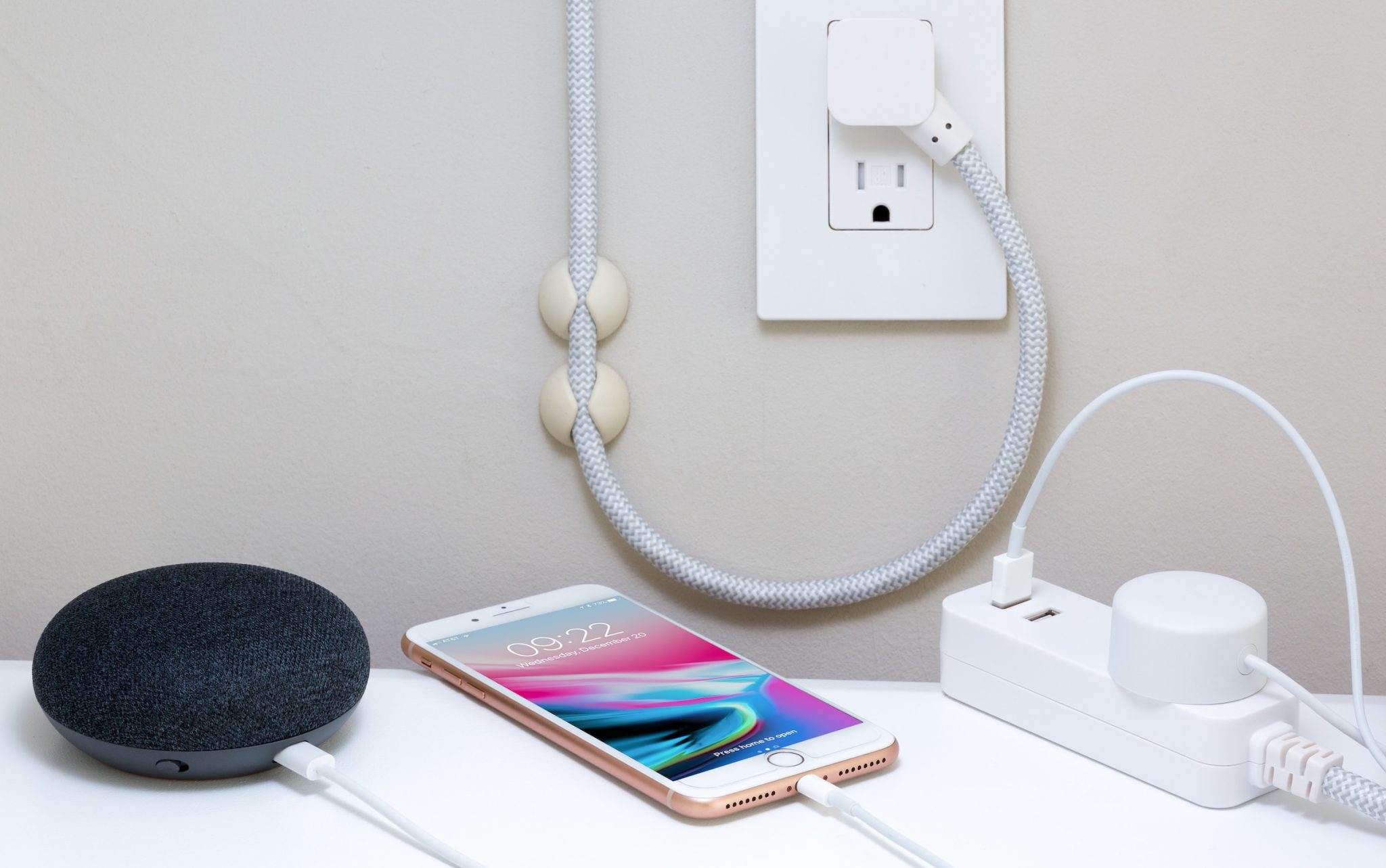In a world where the cost of living continues to rise, and environmental concerns are at the forefront of global discourse, finding ways to conserve energy will benefit the planet and contribute to your financial well-being. Energy conservation is a powerful tool that can help people save money, reduce their carbon footprint, and live sustainably. This article explores six practical tips for integrating energy conservation into our daily lives, fostering financial stability while being environmentally conscious.

Table of Contents
Opting for the Right Electricity Plan: Only Using What is Necessary
Choosing the right electricity plan is a crucial step for people who are committed to energy conservation and financial well-being. Many utility providers offer plans catering to varying energy consumption patterns and preferences. Before selecting an electricity plan, assessing your energy usage patterns is essential. Review your past energy bills to understand how much electricity you consume monthly. Are there specific months when your energy usage is higher? Do you have any energy-intensive appliances or activities that contribute to spikes in consumption? For proper guidance on energy pricing, consider contacting your utility provider or using online resources to compare different plans and their associated costs. By selecting a plan that aligns with your energy-saving goals, you can optimize your energy usage and reduce your monthly bills.
Energy-Efficient Appliances: Investing in Savings
One of the most impactful steps toward energy conservation begins with our appliances. Old, inefficient appliances can consume significant energy, increasing utility bills. When the time comes to replace appliances, opt for energy-efficient models bearing the ENERGY STAR label. These appliances are developed to consume less energy while providing the same level of functionality. While the initial cost may be higher, the long-term savings on energy bills make the investment worthwhile. From refrigerators to washing machines and even light bulbs, energy-efficient options are readily available, allowing you to save both money and resources.
Smart Thermostats: Precision and Control
Heating and cooling systems are big contributors to energy consumption within our homes. Smart thermostats offer a practical solution by providing precise control over temperature settings. These devices learn your preferences and adjust heating and cooling, optimizing energy usage. You can program them to lower the temperature when you’re not at home and raise it just before you return. Some models even allow you to control the thermostat remotely through your smartphone. You can significantly reduce energy waste and utility expenses by ensuring that your home’s heating and cooling systems operate efficiently.
Unplug and Power Down: Minimizing Phantom Load
Even when electronic devices are turned off, they often draw small amounts of energy in standby mode. This phenomenon is known as phantom load or sometimes referred to as vampire power. To combat this, make it a habit to unplug chargers, power strips, and devices when they are not in use. Alternatively, you can use smart power strips that automatically cut power to devices when they are not in use. This simple practice conserves energy and prevents unnecessary electricity consumption, ultimately leading to noticeable reductions in your energy bill.
Energy-Efficient Lighting: Illuminating Savings
Traditional incandescent bulbs are notorious for inefficiency, as much of their energy is emitted as heat rather than light. Transitioning to energy-efficient lighting options such as LED (Light Emitting Diode) and CFL (Compact Fluorescent Lamp) bulbs can lead to substantial savings. LED bulbs, in particular, are known for their durability and longevity, lasting significantly longer than incandescent bulbs. While the upfront cost may be higher, the reduced energy consumption and longer lifespan make these bulbs a cost-effective choice in the long run.
Seal and Insulate: Weatherproofing for Efficiency
A well-insulated home is better equipped to retain heat in winter and stay cool during the hot summer months. Check for drafts around windows, doors, as well as any other potential openings. Sealing gaps and cracks with weatherstripping or caulking prevents heated or cooled air from escaping, reducing the workload on your heating and cooling systems. Proper insulation in attics, walls, and floors is equally essential. Maintaining a comfortable indoor temperature with less reliance on HVAC systems can significantly lower your energy bills and enhance your home’s energy efficiency. Additionally, proper insulation contributes to a more comfortable living environment year-round, as it helps maintain a consistent temperature throughout your home, regardless of external weather conditions.

Creating financial well-being through energy conservation is a practical and sustainable approach that benefits your wallet and the environment. The steps above lead to financial savings and contribute to a greener and more sustainable future. You can make a positive difference by adopting energy conservation practices daily, setting an example for future generations, and contributing to a more responsible and prosperous world.
- About the Author
- Latest Posts
Whether she is researching the latest trends in home decor, life-changing destination getaways, or the best way to maintain your finances, Dewey takes pride in leaving no stone unturned. She is passionate about distilling and delivering high-quality information that you can use to upgrade your life.

